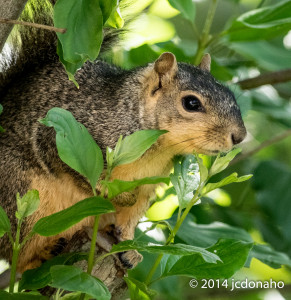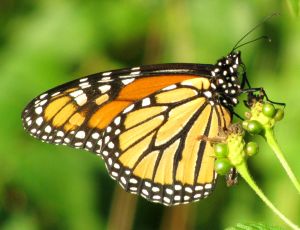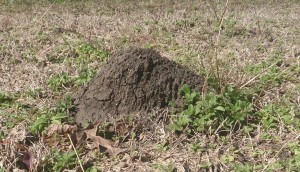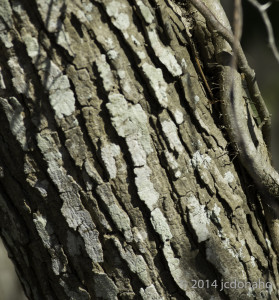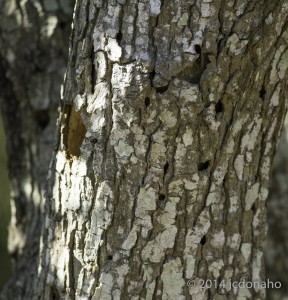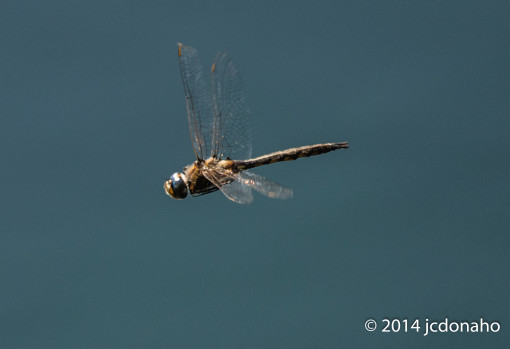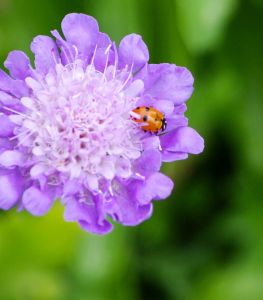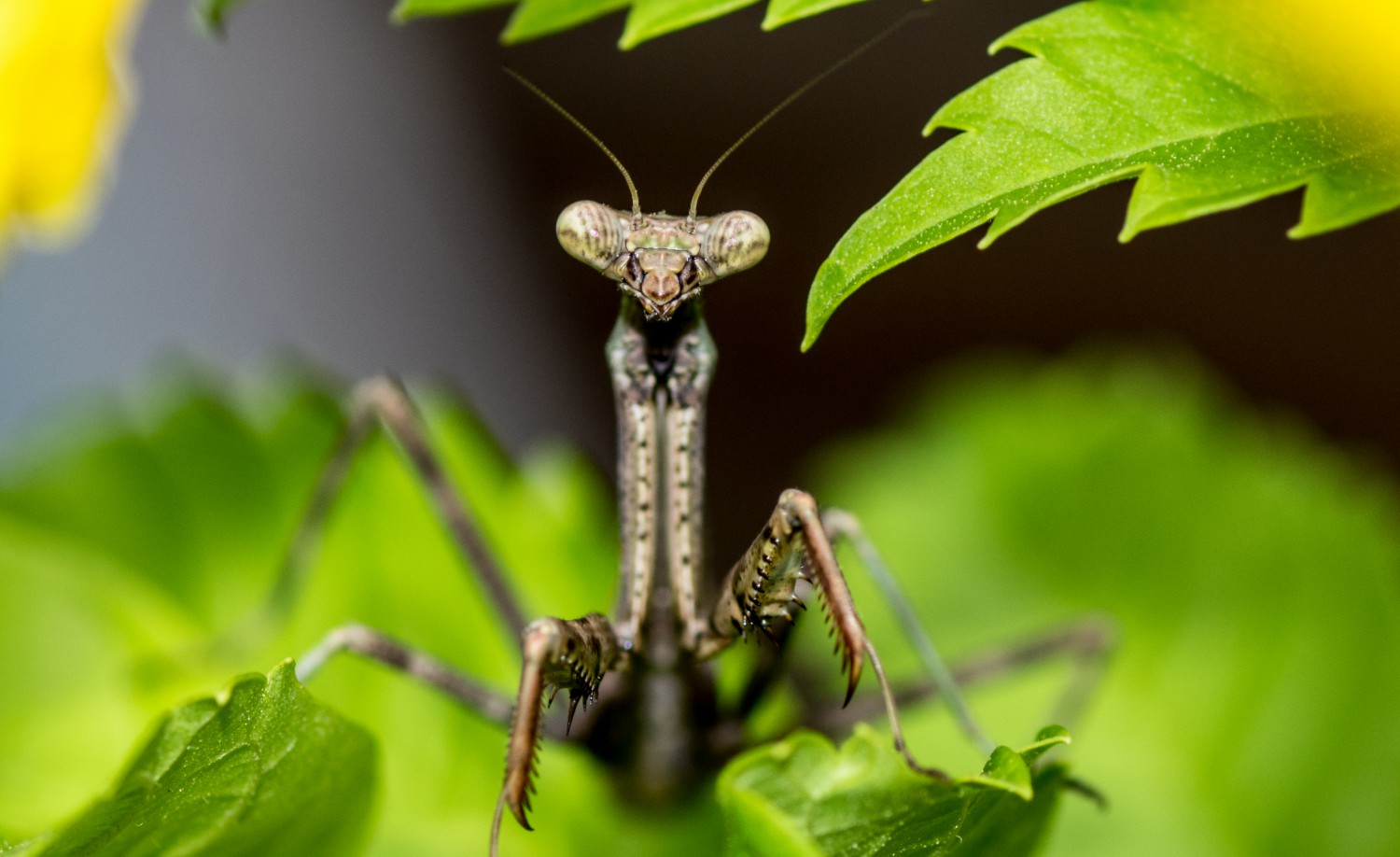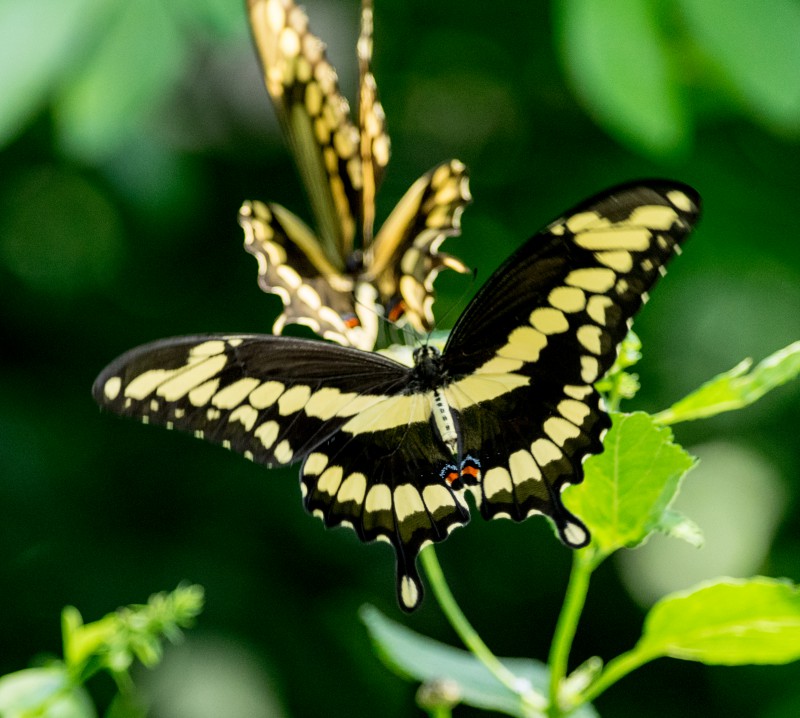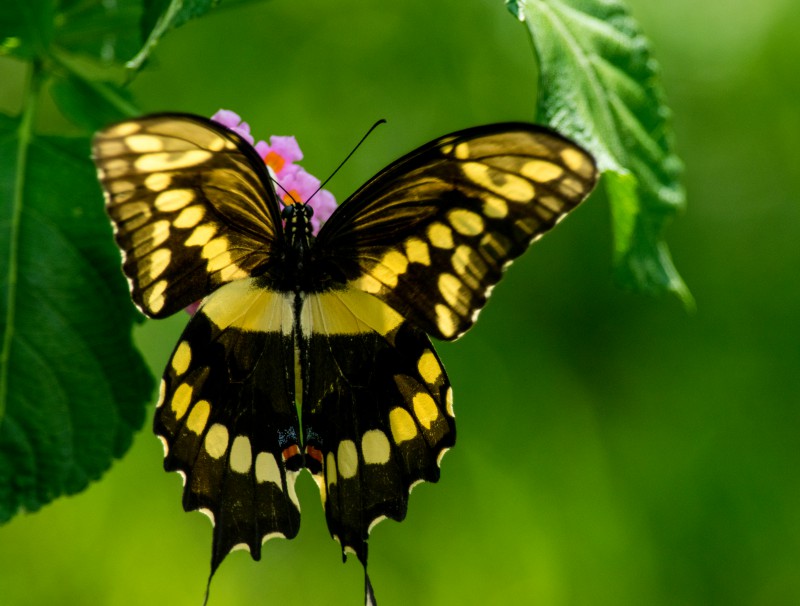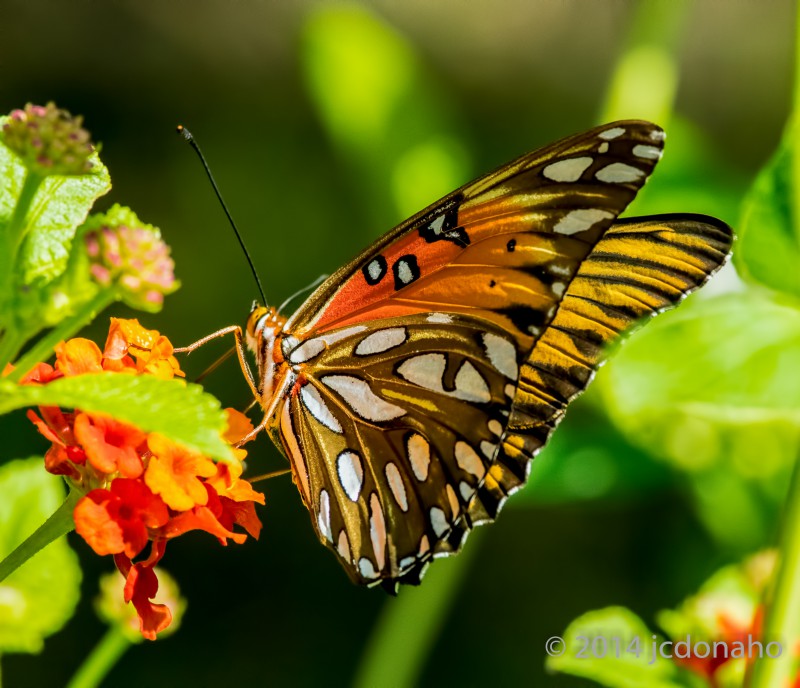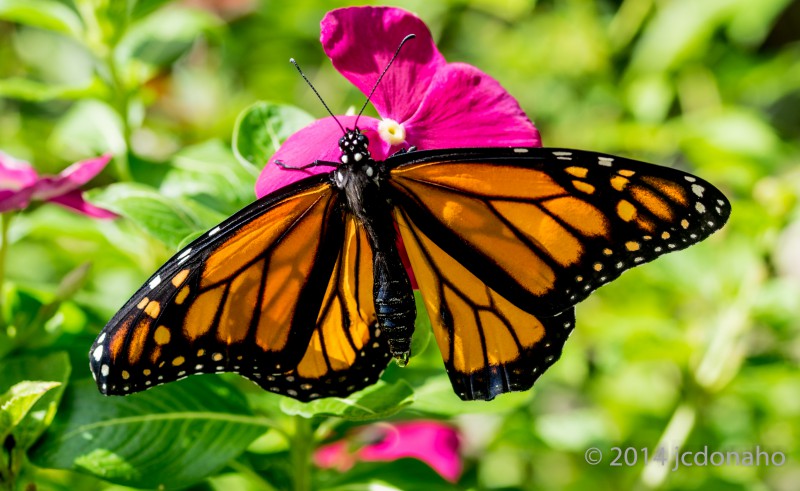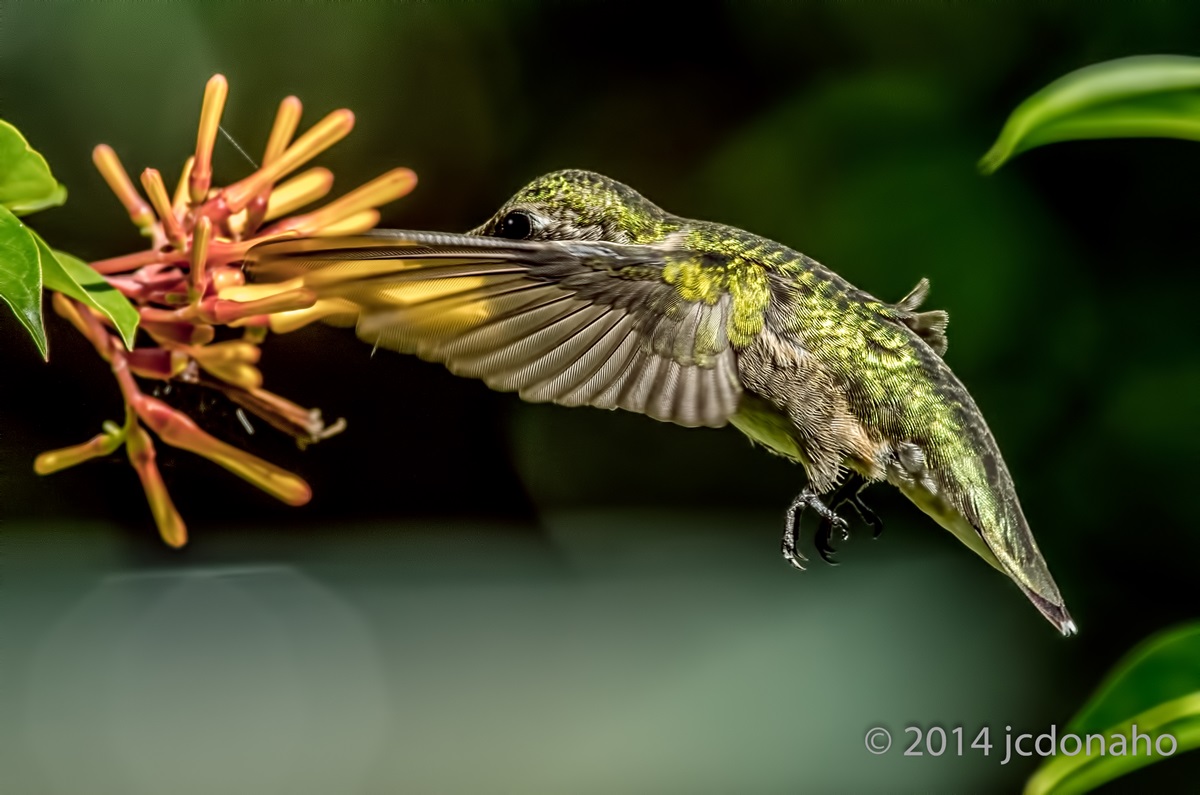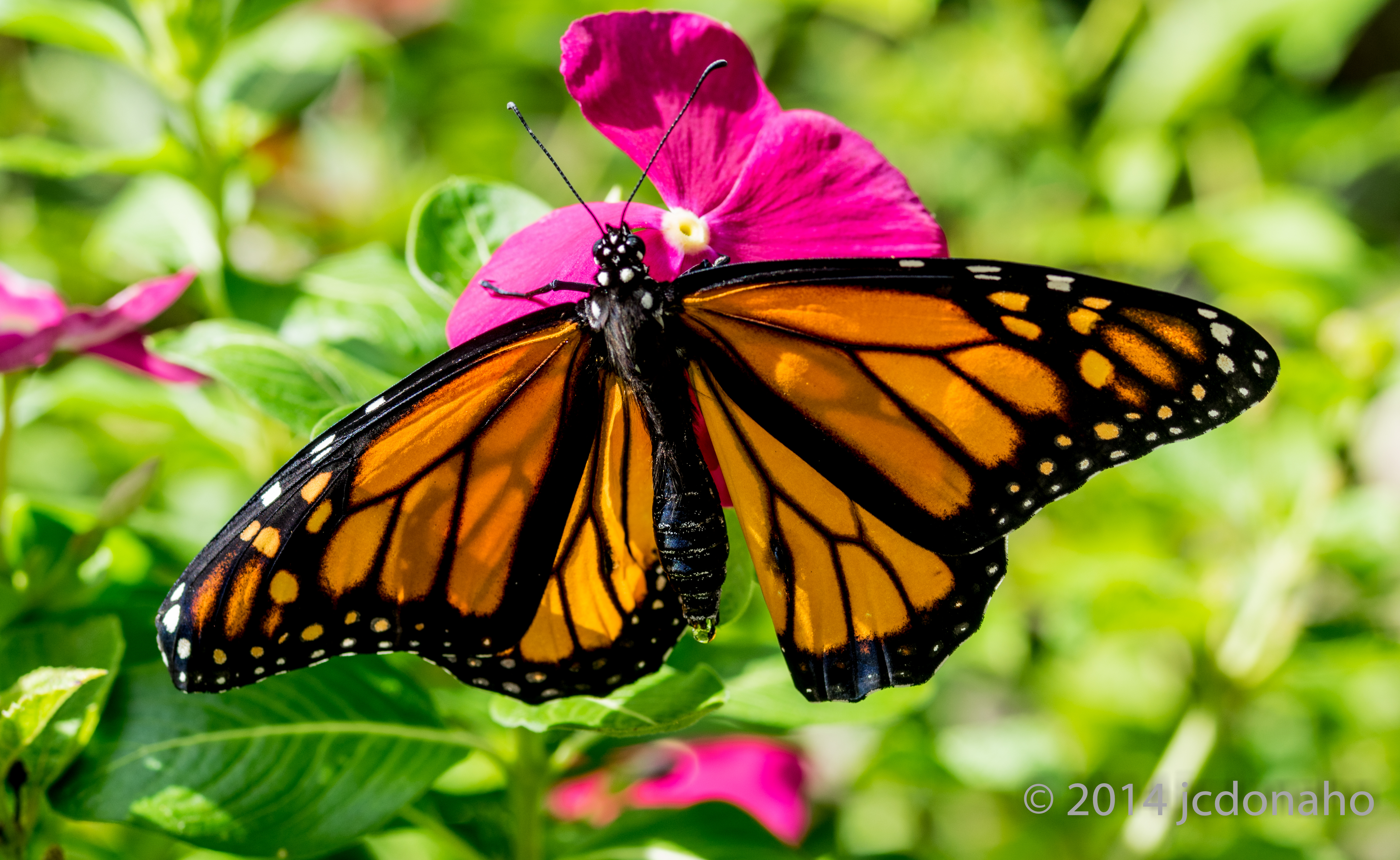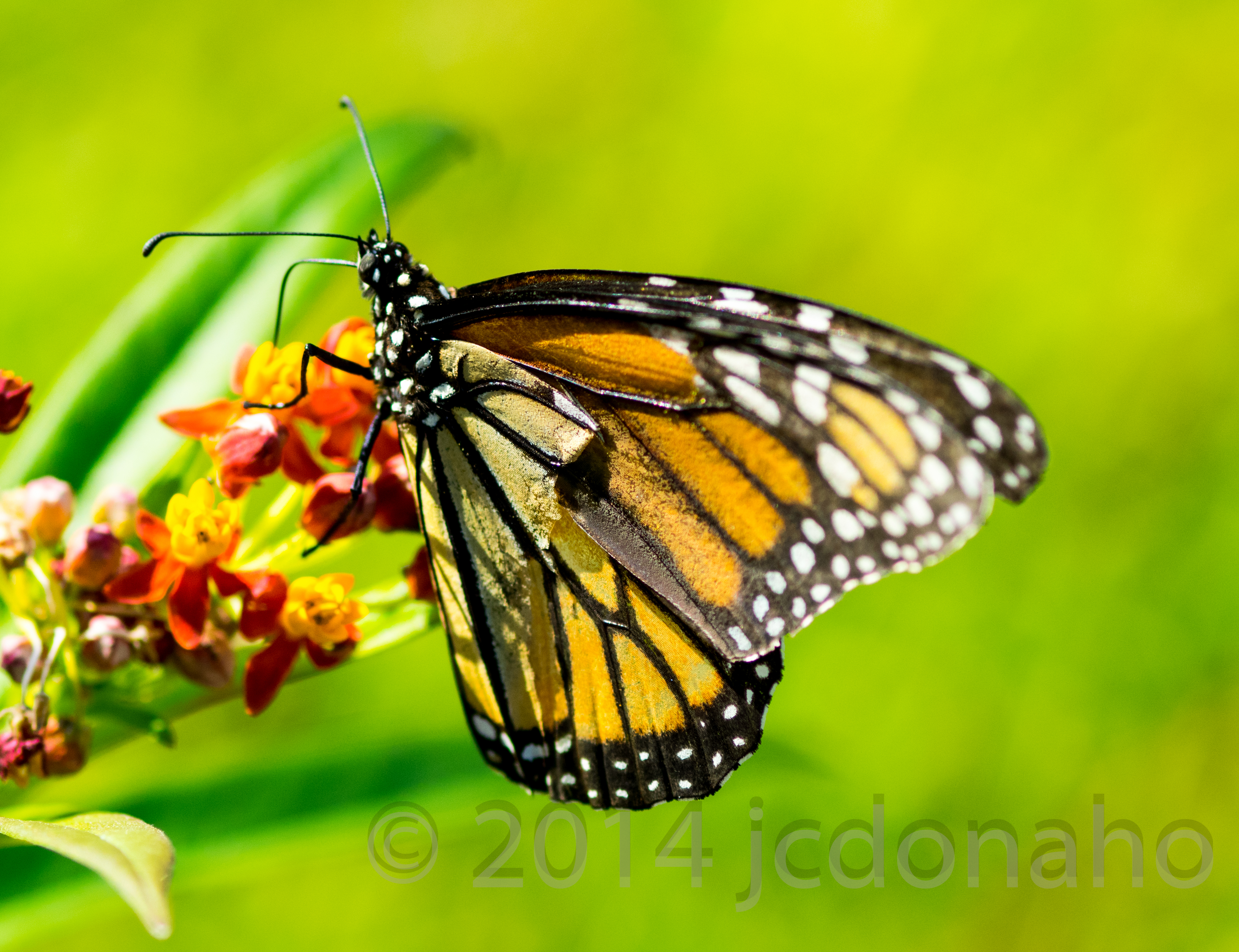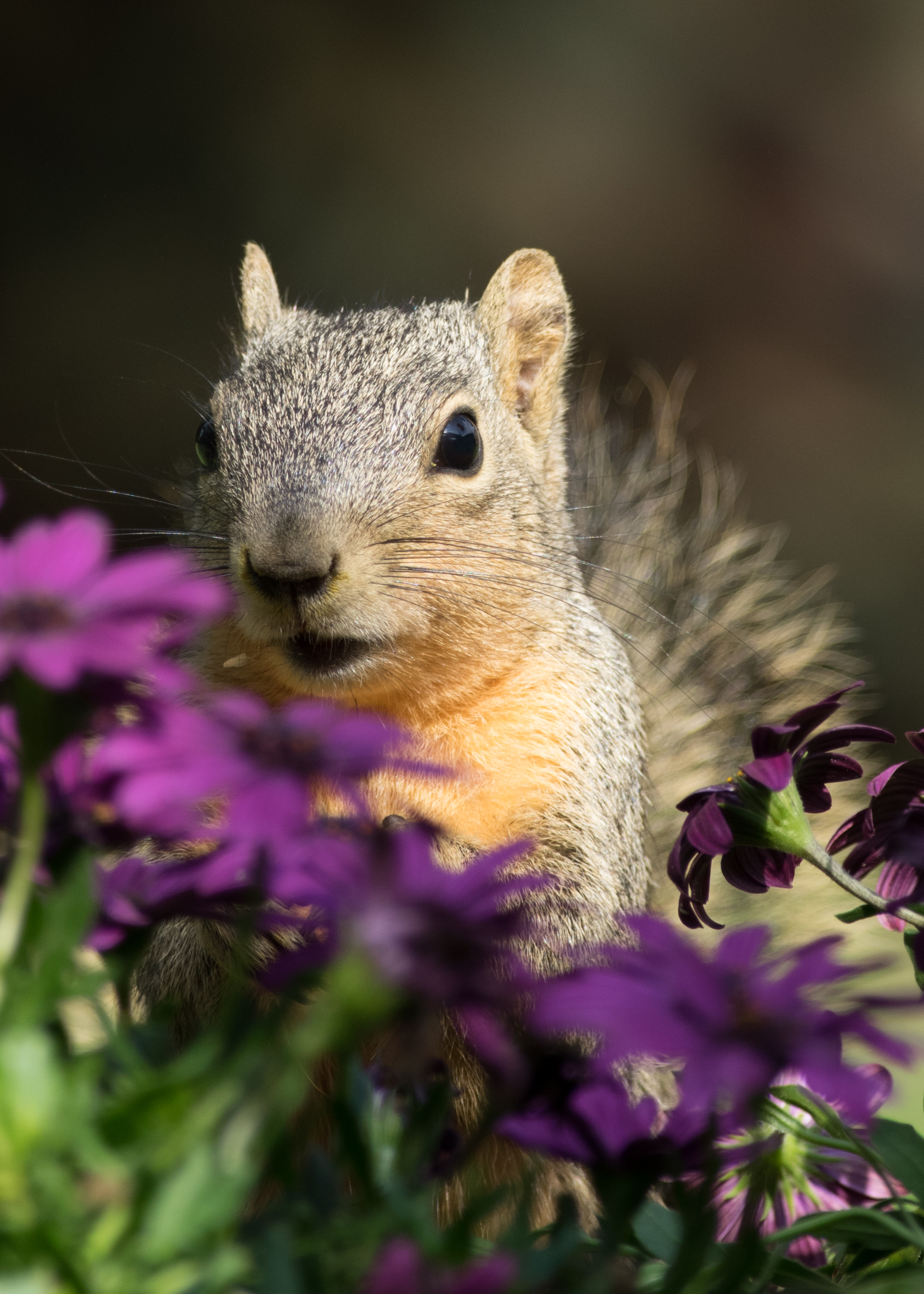Freddy Squirrel is asking where did the bugs go? The weather is cold outside. Maybe the bugs have gone inside? Some do exactly that! Ladybugs often go inside warm houses during winter. It is how they cope with cold temperatures.
Then why can’t bugs stay outside in the cold?
An insect’s body temperature is pretty much going to be the same temperature as outside. They are not capable of regulating their body temperature like we can. The fluids in their bodies, their “blood”, can freeze. So, insects have developed strategies to deal with the cold and survive to reproduce and carry on the species.
How do they do that?
There are five ways for insects to survive the winter. Some, like ladybugs, simply move into our warm buildings. Some insects leave or migrate to warmer climates. Some insects survive cold weather by massing in large groups multiplying the tiny amounts of heat each bug generates thus warming the entire group. Other insects go into a state of suspension called diapause or they produce an antifreeze that allows them to withstand freezing temperatures without cell damage.
That’s pretty cool! Or cold! What insects migrate away from cold?
One of the most famous is the Monarch Butterfly. The Monarch can migrate over 3,000 miles from Canada to Mexico!
Where else do insects go?
Many insects seek warmer places to hide from the cold. Tree bark, cracks and holes in trees or squeezing under boards, rocks or other hiding places provide many places to wait out cold weather. Some go under the soil and many live underwater waiting for springtime.
What about insects that huddle together for warmth?
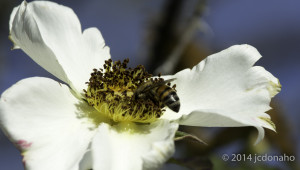
This Honey Bee was out feeding just as soon as the temperature rose above freezing. It was able to stay warm by huddling with other bees in the hive.
You will find ants, termites and bees as examples of insects that group together in hives or underground to maintain warmth. Bees can raise body temperatures by moving their wing muscles. Ants mass underground or above ground in mounds to wait out the cold weather.
The Fire Ants found here on the Texas Gulf coast have another unique way to stay warm. They build their mounds high in cold months to serve as solar collectors of the sun’s rays. The sun warms the mound during the day and helps the ants survive the winter. Some of us wish they did not survive. Imported Red Fire Ants are an invasive species brought into the United States by mistake in the 1930’s. They are now found from Florida to Texas and Oklahoma. They are very destructive because they have no natural predators or diseases in the U.S. to keep them under control. They have also displaced native species like the Red Harvester Ant that is an important food of the Horned Lizard. Without the Red Harvester Ants, populations of Horned Lizards have plummeted in Texas.
What is diapause then?
Diapause is the ability of an animal to go into a state of suspension for long periods. It doesn’t need to eat or drink during this time. Insects go into diapause, then when the weather warms up they resume whatever life stage they are at currently. Some insects go through winter in the egg, some as a chrysalis and some as adults hiding away in warm protected spots until spring.
Insects can use crevices and cracks in tree bark, spaces under rocks or just about any place that shelters them from the cold. Woodpeckers know that bugs like to hide under the bark in trees. Look at all those holes!
The woodpecker found some insects here!
Yes, some insects produce glycerol which prevents the liquid in their cells from freezing. It is a chemical very similar to what we put in our car’s radiator to keep water flowing even in very cold freezing weather. Some insects can even freeze solid overnight, then thaw out the next day as temperatures warm and go about their work as an insect.
So, the answer is that insects go a lot of places, and a lot of them are very close to where you would normally expect to find them.
